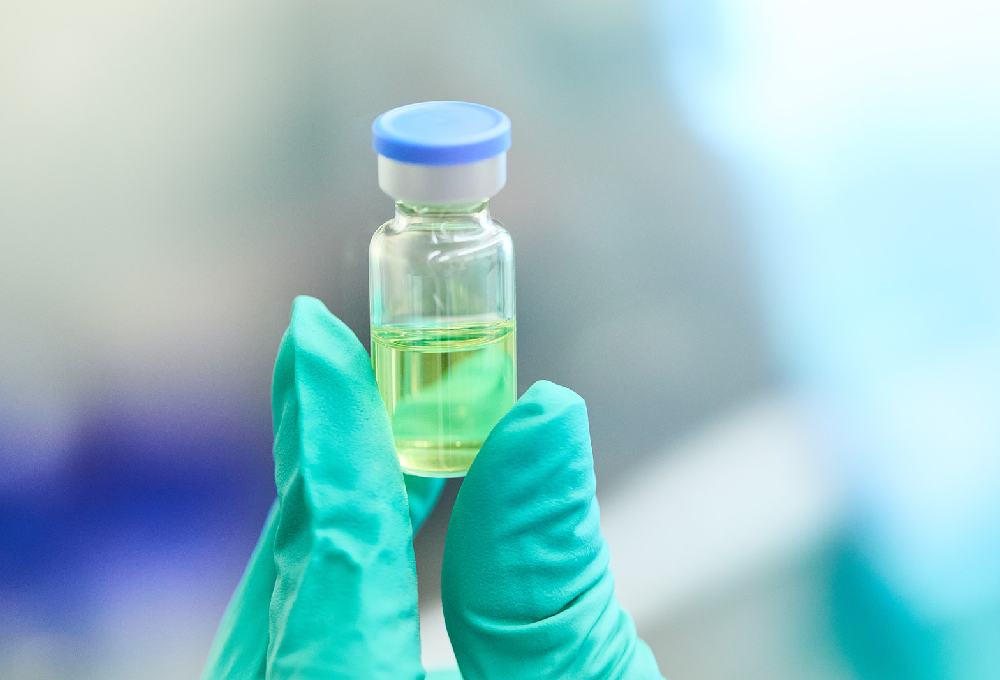The U.S medicine regulator, the Food and Drug Administration (FDA), has approved a drug that’s touted as the catalyst to ending AIDS as a public health threat by 2030. The long-acting injectable, Lenacapavir, has shown 100% effectiveness in preventing HIV infection from a single jab every six months.
But there are concerns that the price set by the manufacturer, Gilead, is far too expensive for low- and middle-income countries, which carry the highest HIV burden. While the pharmaceutical giant has not officially announced the cost, UNAIDS Executive Director Winnie Byanyima says it’s understood that “the intended market price is around $25,000 per person per year”.
However, researchers at the University of Liverpool have indicated that this drug could be manufactured and rolled out at around $40 per person per year. And as the market expands, that cost could drop to as little as $25 per person annually.
Byanyima has called on Gilead to reconsider its pricing strategy, emphasising the need for equitable access to its products.
“Without urgent global coordination on pricing and distribution, its impact may be limited to wealthier nations,” says Byanyima. “We are pushing Gilead to do the right thing and bring the price down. We are also calling on President Trump and the U.S. government to fund PEPFAR and the Global Fund fully. If these programmes are adequately supported, they would be in a position to procure this life-saving medication for those who need it most.”
Key to curbing HIV
Byanyima is pushing for the rollout of long-acting prevention medicines like lenacapavir to reach the UNAIDS 2030 goals.
“It’s an amazing tool, especially for our girls and young women in Africa who are disproportionately affected,” says Byanyima during a recent visit to South Africa.
“Adolescent girls and young women remain the most at risk, with the highest rates of HIV infection occurring within this group. There are widespread challenges such as gender-based violence, sexual violence, limited access to sexual and reproductive health services, and barriers to life-saving medication. In such a context, the goal of ending AIDS as a public health threat by 2030 becomes increasingly difficult to achieve,” she says.
In 2023 alone, an estimated 210,000 young women aged 15 to 24 worldwide acquired HIV, amounting to roughly 570 new infections every day in this age group. In South Africa, which carries the highest HIV burden globally, nearly 1,000 adolescent girls and young women are infected with HIV each week.
South Africa has one of the world’s largest PrEP (pre-exposure prophylaxis) programmes. By the end of 2024, it was reported that more than 1.3 million had used PrEP.
While the South African Health Products Authority (SAHPRA) is still reviewing Gilead’s application to register lenacapivir, there are other longer-acting PrEP methods approved in the country. But roll-out seems to be a challenge.
SAHPRA approved the dapivirine vaginal ring, a ring inserted into the vagina and replaced monthly, in March 2022. In December 2022, Cabotegravir (CAB-LA), a long-acting injection administered every two months, was registered. But these tools are yet to be rolled out.
Impact of U.S funding cuts
U.S. funding cuts under President Donald Trump have thrown a major spanner in the works. A significant portion of South Africa’s PrEP programme was funded by the U.S. President’s Emergency Plan for AIDS Relief (PEPFAR). But PEPFAR programmes around the world were frozen in January along with all U.S foreign aid. In March the Trump administration made known its intention to dissolve USAID, the implementing agency for PEPFAR.
South Africa has struggled to secure additional funding to address a R7.9 billion shortfall in its HIV programme as a result of the withdrawal of PEPFAR.
In May, Health Minister Dr Aaron Motsoaledi confirmed that while the government has engaged with donors such as the Bill and Melinda Gates Foundation and the Clinton Health Access Initiative, it hasn’t been able to secure the necessary funding.
“The entire African continent is experiencing disruptions to its HIV response due to the sudden withdrawal of funding by the U.S. government, the largest donor to developing countries,” says Byanyima.
Other African countries affected by US funding cuts include Kenya, which was a major recipient of PEPFAR support. The reductions have led to decreased HIV testing and outreach services, particularly in rural and high-risk communities.
Nigeria has also been impacted, with cuts affecting the availability of antiretroviral treatment and HIV prevention programmes.
“We’re monitoring the disruptions. We are seeing clinics closing, fewer people coming for testing, and a decline in prevention services. The consequences are especially severe in low-income countries,” she says.
Subscribe to our newsletter
Byanyima witnessed firsthand the effects of the funding shortfall in South Africa during a visit to a clinic in Soweto.
“I saw the real-life impact these funding disruptions are having, particularly on key populations, adolescent girls, and young women. Prevention services have been hit the hardest. Outreach workers who once helped people access services have been laid off, yet many continue their efforts voluntarily to keep numbers up,” she says.
But she says South Africa is in a stronger position than most African countries as it can fund 80% of its own HIV response, with 17% previously supported by the U.S. government.
“Despite these challenges, I’m encouraged by what I’ve seen. The government is stepping up. I met with the minister and was pleased to learn about the efforts being made to fill the gaps, including the reallocation of resources to ensure continuity of care.” – Health-e News




